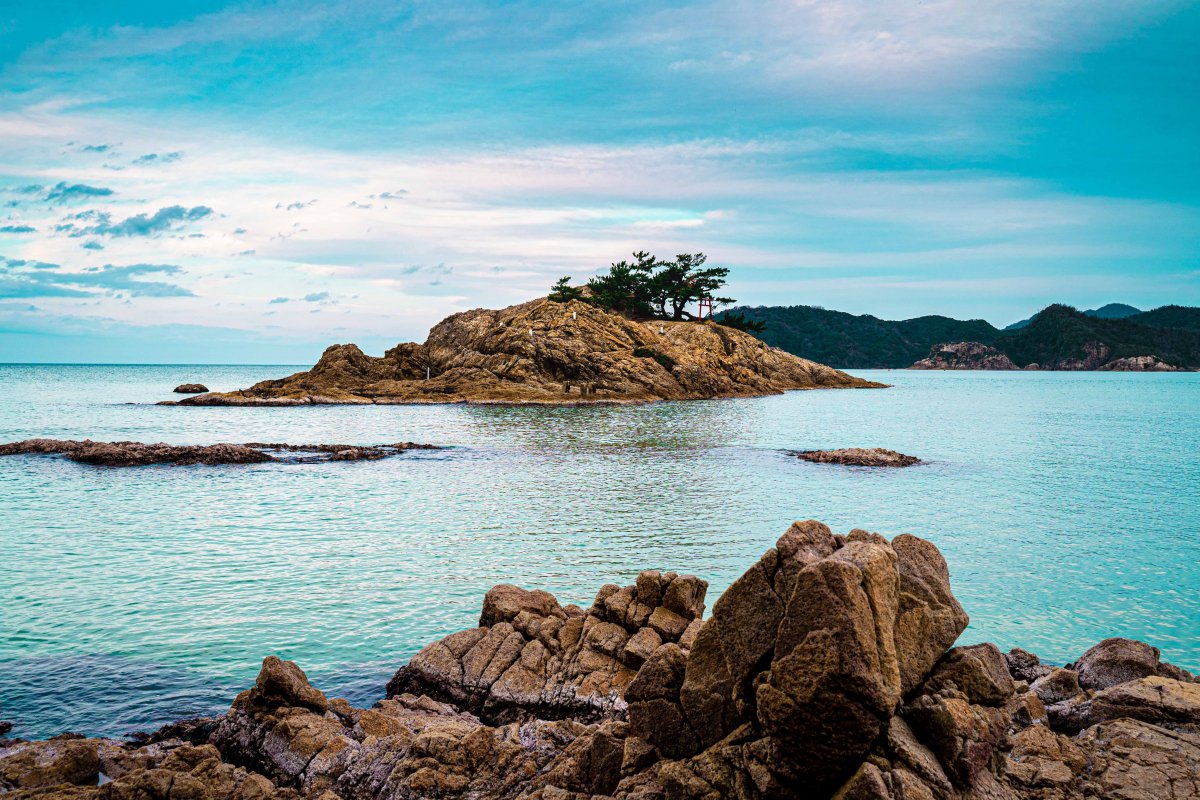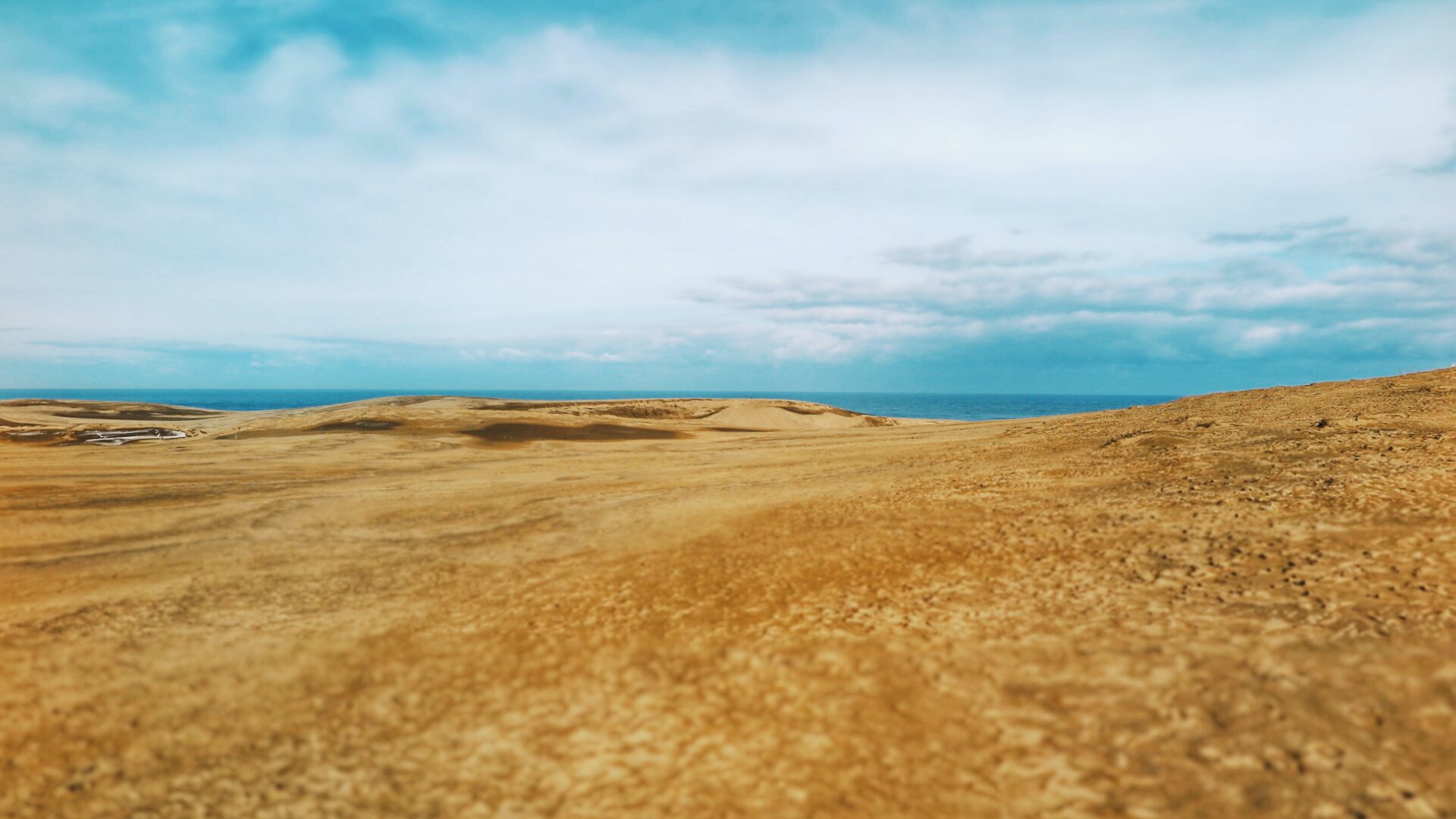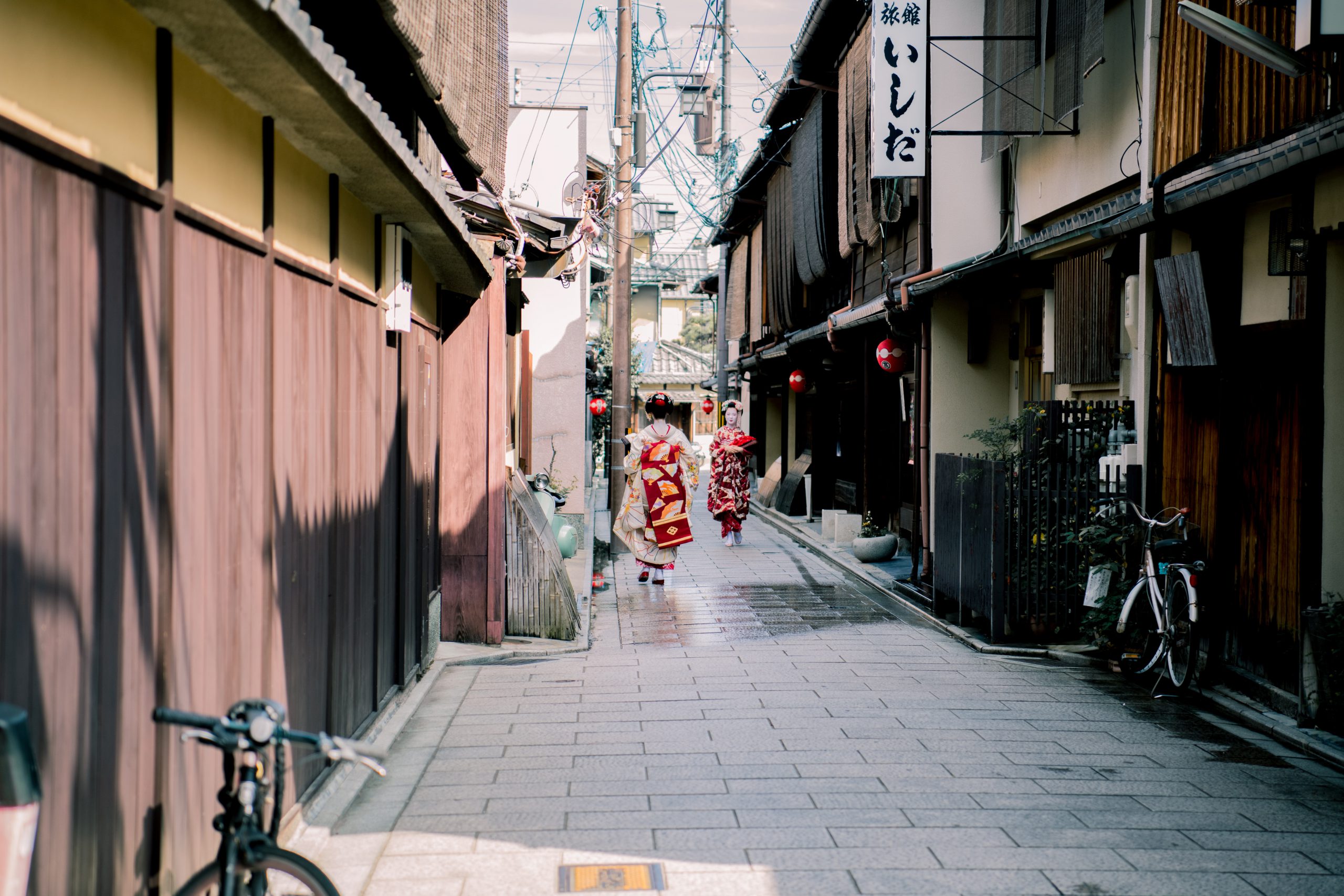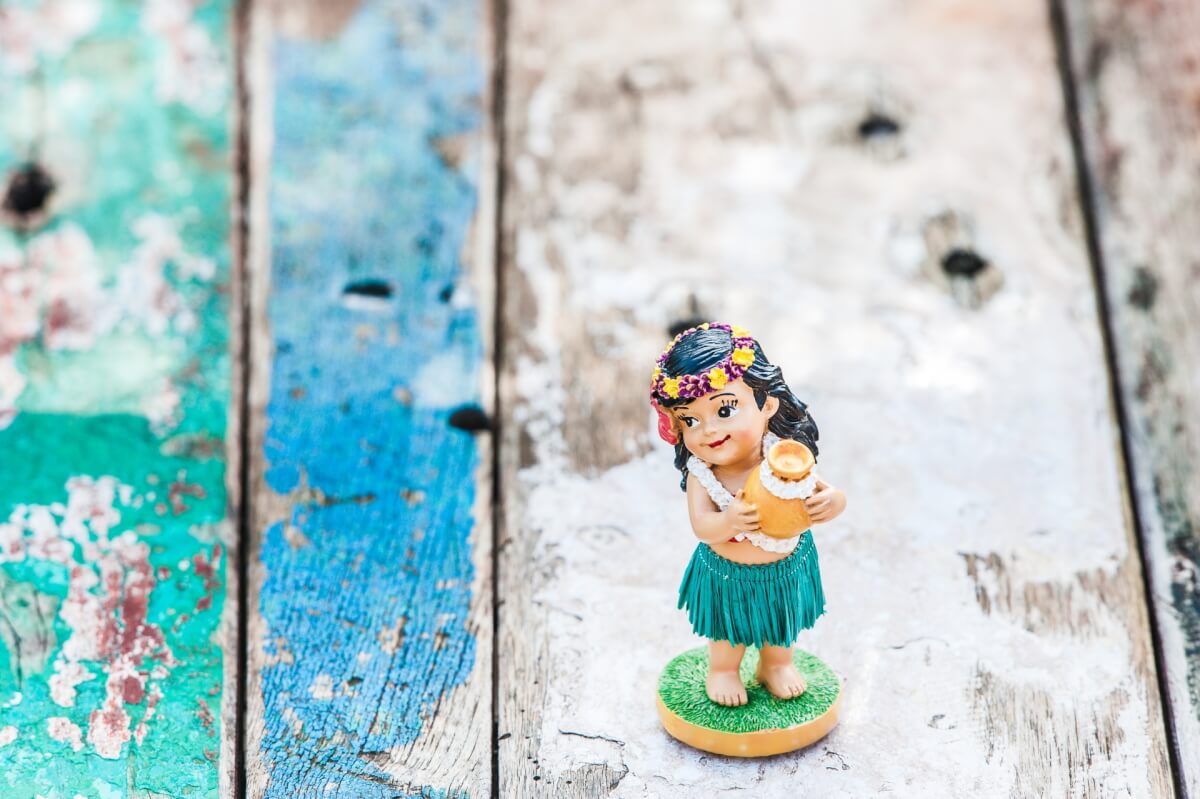Tottori Prefecture is situated along the Sea of Japan coast in the Chugoku Region. Its same named capital is Tottori, known for the French Renaissance-style mansion of Jinpukaku and the Kyusho Park with Tottori Castle Ruins. The prefecture is famous for the Tottori Sand Dunes, the largest sand hills in the country, but there are many more interesting spots to be discovered in this rural prefecture. Here we present the best places to visit in Tottori!
How to get to the Tottori?
Travelling to Tottori prefecture can be done in three ways: by train, plane or car. The easiest option is travelling by train. From Shinagawa Station take the Tokkaido-Sanyo Shinkansen to Shin-Osaka or Himeji Station and transfer to the Super Hakuto bound for Tottori. The trip from Tokyo will take you about 6 hours and the costs will be around ¥20,000 (one way). If you have a JR pass, some parts of the trip are covered.
The fastest options is travelling by plane, from Tokyo, ANA operates multiple flights a day. The flight takes approximately 75 minutes. From the airport is is about 60 minutes to reach the Sand Dunes. Driving a car will give you the most freedom, but will also take you the longest, from Tokyo the drive is approximately 8h30m.
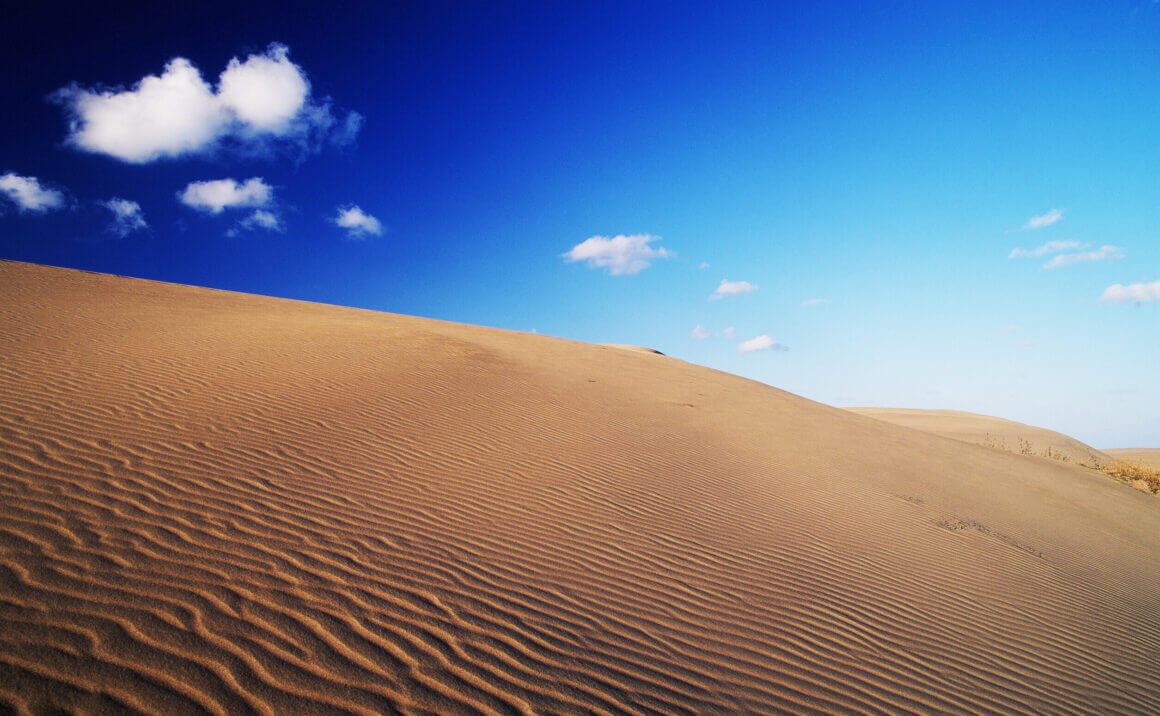
How to get around in Tottori?
Being the least populated prefecture, Tottori’s public transportation is fairly limited. Most of Tottori’s attractions are centred on the north east side of Tottori city. Besides its regular city buses, there are two loop buses: the 100 Yen Kururi busses that operate within the city, a ticket will costs your ¥100 each ride. The other bus is the Kirinshishi Bus, a loop bus operating especially for main tourist spots on Saturdays and holidays. For this bus a day pass is available, setting you back at ¥600 for unlimited travel for one day. The number of buses that run is quite low throughout the day, so make sure to check the time table.
Another recommended option is the ¥2000 yen tourist taxi. This is an all-you-can-ride taxi service for 3 hours for ¥2,000, operating within Tottori city. Alternatively you can also go around by foot or rent a bike, the city of Tottori is only a third the size of Tokyo and much easier to discover.
1. Tottori Sand Dunes
Tottori is home to the largest sand dunes in Japan, located just outside Tottori city. The Tottori Sand Dunes (Tottori Sakyu) stretch over approximately 16 km along the coast of the Sea of Japan. The Sand Dunes are all protected as part of the Sanin Kaigan National Park and can get up to 50 m in height and 2 km wide.
There are many activities you can enjoy on the dunes, from camel and horseback riding to fat back riding. If you’re feeling more adventurous try paragliding or sandboarding. The observation deck of the Sakyu Center, which can be accessed by a chair lift from the sand dunes, offers panoramic views over the dunes.

How to access Tottori Sand Dunes
From Tottori station, take a bus bound for the Tottori Sakyu and get off at the last stop (~20 min).
2. Sand Museum
Just a short walk away from the Tottori Sand Dunes, you will find the Sand Museum. It was opened as a temporary facility in 2006, and it reopened in 2012 in what is said to be the world’s first permanent indoor museum dedicated to sand arts. The museum displays large sand sculptures made by artists from around the world. The larger than life masterpieces change each season, so each visit will be a different experience.
Tottori Sand Museum
9am – 4pm (Mon – Fri, Sun)
9am – 6pm (Sun)
Admission fee Tottori Sand Museum ¥600

How to access Tottori Sand Museum
From Tottori station, take a local bus bound for the Tottori Sakyu and get off at the last stop (~20 min).
3. Uradome Coast
Located in the northeastern of Tottori Prefecture, Uradome Coast stretches for about 15 km from Cape Kugami to Mount Shichiyama. It is the westernmost part of the Sanin Kaigan National Park, the park that the Sand Dunes are also part of. The coast is made up of rocks formed by marine erosion that has formed distinctive natural sea walls, cliffs, tunnels, caves, and large rocks of unusual shapes.
The Uradome Coast is lined with white sandy beaches and shallow coves. The water is crystal-clear and an amazing place for swimming, snorkelling, and kayaking. You can enjoy strolling along the promenade that runs along the coast for about 3 km, or take a hike on a hiking trail which starts from the west of Uradome’s main beach. Another way to enjoy the beauty of the area is to board a cruise boat that is available from March to November.
How to access Uradome Coast
From JR Tottori station, take a bus and get off at Shima-meguri Yuransen Noriba Mae bus stop (~40 min).
4. Tottori Castle
Tottori Castle was originally built in 1532 and once overlooked the city of Tottori. It is known for a famous 200-day siege by Toyotomi Hideyoshi in 1581, after which the defenders, led by the Kikkawa Tsuneie, were forced to surrender as they faced starvation. Today, only the stone walls, a moat, a stone well and a single restored gate remain, and the castle ruin is a part of Kyusho Park. Kyusho Park is famous for its hundreds of cherry trees and one of the most popular spots for cherry blossom viewing. It is a pleasant walk uphill to the castle and from the top you have some nice views of the town.
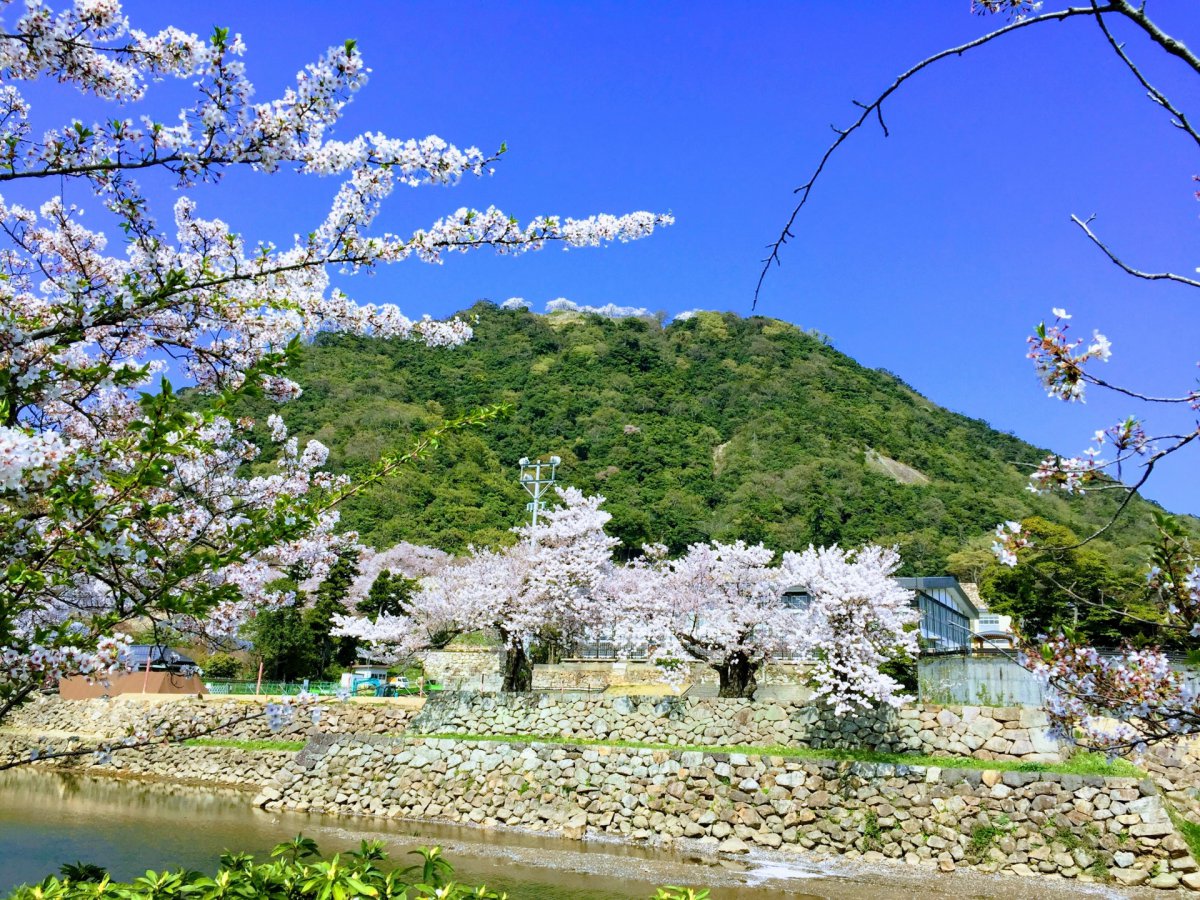
How to access Tottori Castle
From JR Tottori station, walk for about 30 minutes or take a 100-yen Kururi Bus and get off at stop number 12.
5. Hakuto Shrine
Hakuto shrine is the setting of the myth of the White Rabbit of Inaba described in ancient literature, the Kojiki. The legend says that the rabbit is the god of marriage who acted as a mediator between Okuninushi and Princess Yakami. Hakuto Shrine was recognized as “sacred ground for lovers” in 2010 for being the birthplace of Japan’s first love story.
In and around the shrine, you will find many statues of white rabbits. In front of a torii gate just outside the shrine ground stand the statues of white rabbit and Okuninushi, who, in the legend, helped the wounded rabbit and later married to the princess. As you walk through the torii gate towards the shrine hall, you will be welcomed by dozens of cute rabbit statues all posing differently. Next to the shrine is the small pond where the rabbit soaked to heal itself according to the legend.
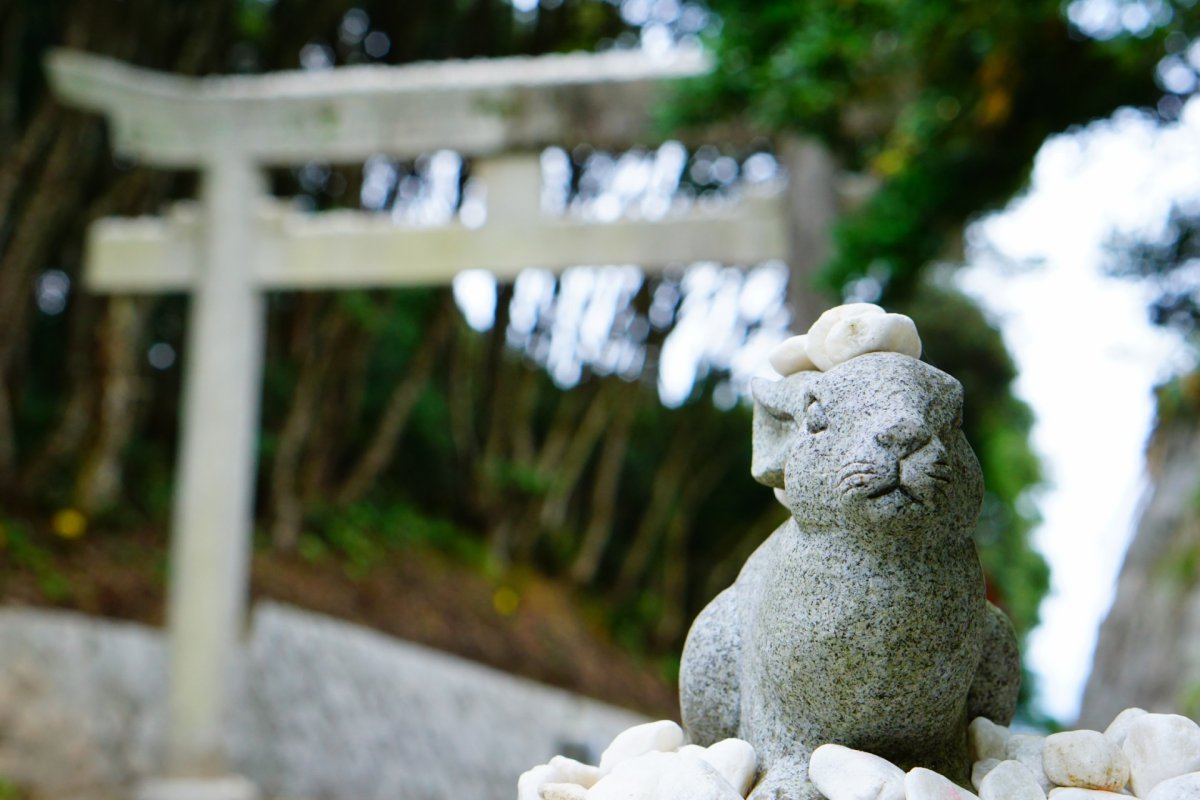
How to access Hakuto Shrine
From Tottori station, take a local bus bound for Shikano, get off at Hakuto Jinja bus stop (~40 min).
6. Tottori Hanakairo Flower Park
Hanakairo Flower Park is one of the largest flower parks in Japan, located in the foothills of Mount Daisen. The park was opened in 1999 after five (!) years of construction. One of the highlights in the park is the Flower Hill at the far end of the park. Particularly in September, vibrant red spider lilies carpet the hill with a backdrop of the magnificent Mount Daisen.
At the center of the park is the Flower Dome, a transparent hemisphere which houses several hundred varieties of orchids, palm trees and exotic flora in a sub-tropical environment. In July, August and during the Christmas season, the popular “Moonlight Flower Garden” events are held and the park is beautifully illuminated for night viewing.
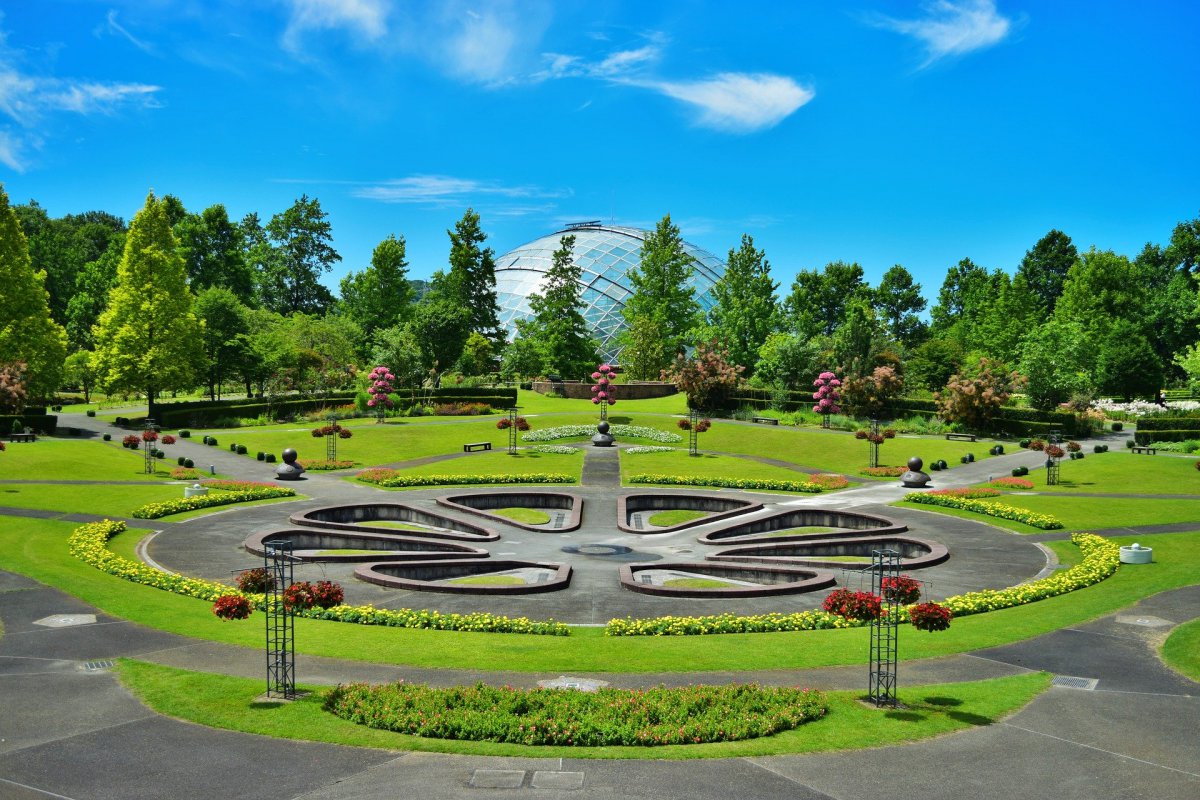
Tottori Hanakairo Flower Park
Opening hours & admission fees differ per season. Be sure to bring your passport for 50% discount on the entrance fee!
How to access Tottori Hanakairo Flower Park
A free shuttle bus operates between Yonago station and the park.
7. Amedaki Waterfall
This dynamic, spectacular waterfall is 40 meters in height, dropping from the Fukurogawa River. The water roars down the steep cliff consisting of columnar joints of Amedaki andesite rocks. It has been a location for religious waterfall training since ancient times and on the first of August on the lunar calendar, Otakimairi (worshipping of the waterfall) is held. The waterfall is surrounded by rich natural forest and also part of the Sanin Kaigan Geopark.
How to access Amedaki Waterfall
About a 40 minute drive from Tottori station.
8. Jinpukaku
Near the Tottori Castle ruins in Tottori city, you can find a magnificent example of architecture from the Meiji Period (1868-1912): Jinpukaku. The building was designed by one of Japan’s first western-style architects, Katayama Tokuma, and built in 1907. It is a white wooden building with large pillars, brick fireplaces and a beautiful spiral staircase. From its balcony, you can enjoy views over the garden and pond. It was the first building in Tottori to have electric power, making it a symbol of modernization.
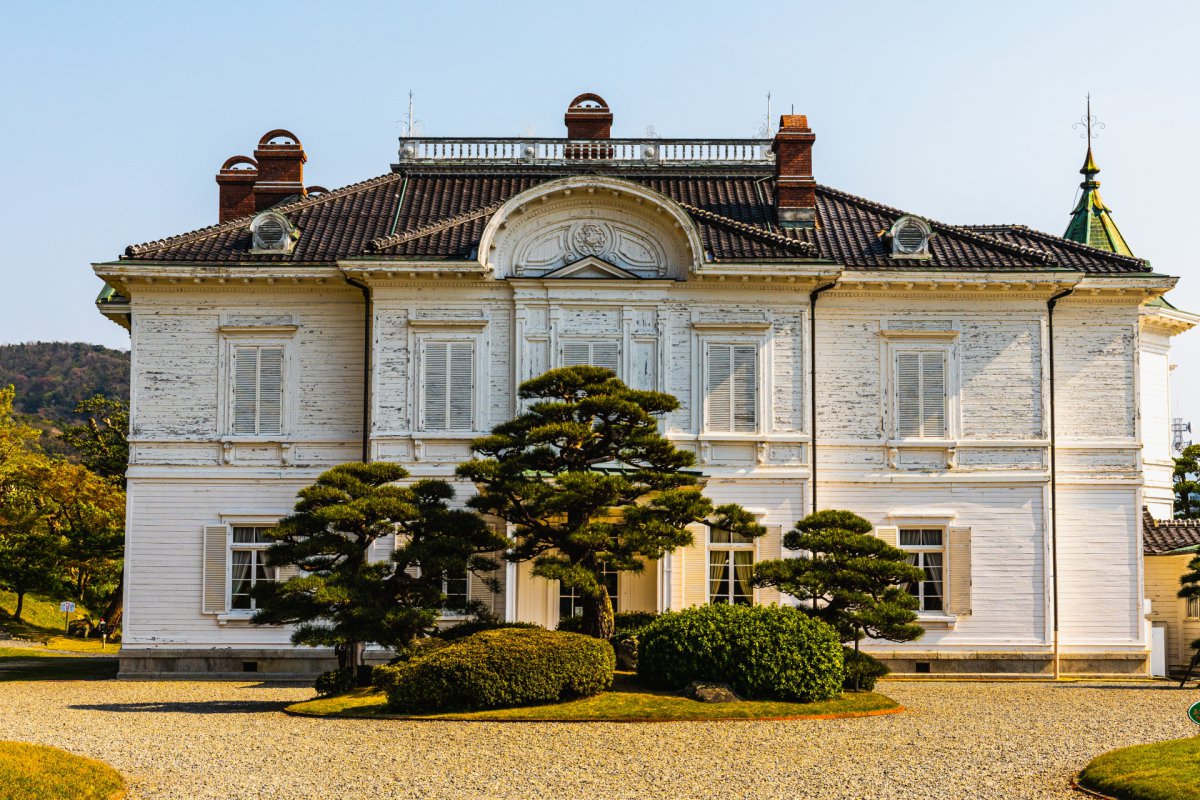
How to access Jinpakaku
From Tottori station take a 100-yen Kururi Bus and get off at stop number 11.
9. Daigakuin Temple
This famous temple of the Soto sect of Japanese Buddhism was founded in 1605 and is situated in the city of Kurayoshi. The temple enshrines Satomi Tadayoshi and his eight vassals, who were the model of the Japanese epic novel Nanso Satomi Hakkenden, which was written from 1814 to 1842. In the precincts of the temple, there are eight statues of dogs facing the tombs of Satomi and his vassals.
How to access Daigakuin Temple
From Kurayoshi station bus terminal number 2, take a local bus Shinai Line, get off at Sakaimachi bus stop, and walk for 5 min.
10. Shoji Ueda Museum of Photography
Shoji Ueda (1913 – 2000) is an internationally-acclaimed Japanese photographer who was born in the Sakaiminato City. His distinctive photograph style has been broadly introduced as “Ueda-cho” or “Ueda style” in France.
This museum was designed by a well-known architect Shin Takamatsu, who also designed the Quasar Building in Berlin and Kirin Plaza in Osaka. It was opened in 1995 in Houki-cho, about 10 kilometers from Yonago City, and houses more than 12,000 photos.
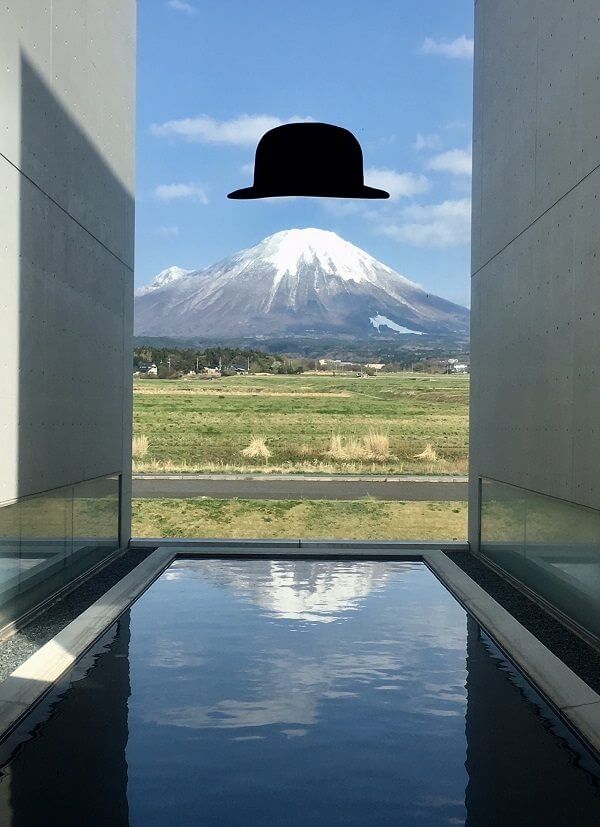
10am – 5pm (closed on Tuesday)
Admission fee ¥1,000
How to access Shoji Ueda Museum of Photography
- Drive 5 minutes or walk 35 minutes from Kishimoto station on JR Hakubi Line.
- From late April to early November, take the seasonal Daisen Loop Bus from Yonago station, and get off at stop #17.
Where to stay in Tottori
When travelling to Tottori we recommend you stay in Tottori, from the capital city you’ll have easy access to all of the main attractions.
Drop Inn Tottori – a cozy capsule hostel located just a short walk from Tottori station
Kansuitei Kozeniya – a traditional Japanese ryokan with private onsen facilities
Ryokan Ohashi – a traditional inn located in Misasa Onsen, an enchanting onsen town

What did you think about Tottori? The area in western Japan is still largely undiscovered by tourists, but offers many interesting attractions and historical sites. The area is well accessible and a perfect place to go if you are looking for smaller and less crowded cities. Tottori has a world to offer and visiting the beautiful prefecture will be a great experience guaranteed!
Follow us on Instagram or Facebook for more travel inspiration. Or tag us to get featured!
Happy travelling!
Other articles that you might like
This post may contain some affiliate links. When you click through and make a purchase we may receive some commission, at no extra costs to you
